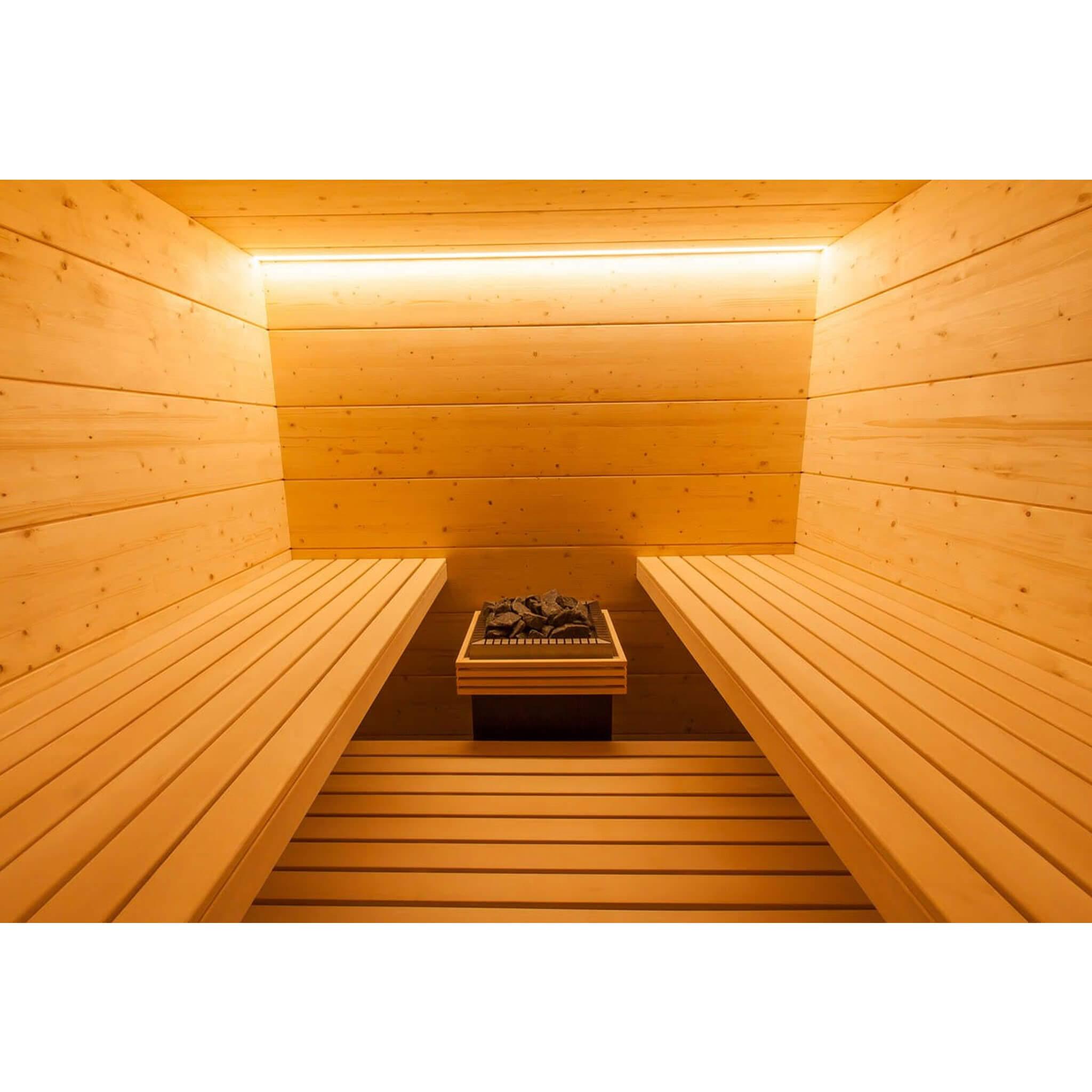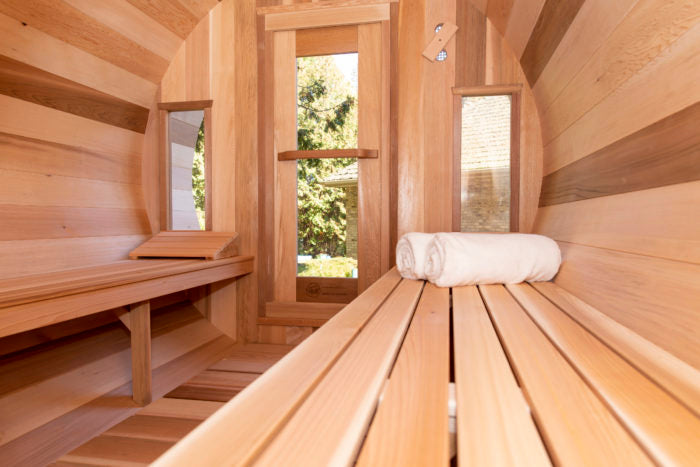The Definitive Guide to Traditional Sauna
The Definitive Guide to Traditional Sauna
Blog Article
The Only Guide to Traditional Sauna
Table of ContentsAn Unbiased View of Traditional SaunaThings about Traditional SaunaTraditional Sauna for DummiesThe smart Trick of Traditional Sauna That Nobody is Talking AboutNot known Facts About Traditional Sauna
The majority of the weight shed in a sauna is water loss and is re-gained upon rehydrating. Without an uncertainty sauna can be a crucial component of a healthy and balanced weight loss program. To consider the differences in between standard and IR saunas, I will certainly divide these right into verifiable, theoretical, and produced differences.Therefore, the most popular point in the saunawhich is at the ceiling directly above the sauna heateris generally between 185 and 190 F. Claims that a standard sauna surpasses 200 F is just not true and not appropriate for electric saunas sold in the US. The temperature level for a far-infrared sauna is usually set between 120 and 140 F; however, unlike the traditional sauna, the objective in and IR area is not to accomplish a high temperature level.

When a typical sauna has actually been properly heated, the sauna walls are cozy, the air temperature level has actually achieved set temperature level and the rocks are incredibly heated. As an intriguing side note, the warmed walls and the rocks are discharging far-infrared warm, combined with the heated air, to develop an "covering warmth".
Getting The Traditional Sauna To Work
When the high temperature level is achieved, the aspects cycle on and off to keep the high temperature. The majority of standard sauna users enjoy putting water over the rocks to create heavy steam to increase sauna moisture levels. The benefits of putting water over the rocks consist of: making the room extra comfy, moistening the nasal flows, and allowing the usage of aromatherapy by mixing vital oils with the water.

When the power goes into the body, it triggers the body temperature to enhance and eventually leads to sweating. In an infrared sauna it's vital for the emitters/heaters to continue to be on virtually constantly. Because there is no mass of rocks to keep warm, the sauna will cool if the emitters turned off.
See This Report on Traditional Sauna
As discussed over, the sauna bather in an infrared space wants to place himself in front of operating emitters to obtain optimal gain from the heat. The home heating time for both areas can be extremely different, depending upon how the areas are utilized. For a standard sauna, a bather ought to imp source allow 30-40 mins for the room to accomplish a desired temperature level and to appropriately pre-heat the rocks.

A well built sauna will commonly achieve a temperature level of 150-160 F in about 30-40 minutes. For hotter temperatures, the room might require to warm for a longer period.
To some, 15 mins was "squandered" while the infrared energy warmed the timber panels rather than heating up a body, while others find a pre-heated area to be a lot more comfy and believe an elevated starting temperature level is required to start sweating. The size of suggested usage for each room is around the same (10-15 mins per session); nevertheless, as a result of the reduced air temperature levels and the capability to really feel the impacts of infrared warm quicker than a standard sauna, it is not unusual for a person to spend a total of 20-30 mins in an infrared sauna.
The 9-Minute Rule for Traditional Sauna

The typical price per kWH of electrical power in the united state is approximately $0.11, so a 4.5 kW heating unit will set you back approximately $.50 to run for one hour, if the heating system runs continuously for one hour. Normally a sauna heater will compete 75% of the initial hour and 50% of subsequent hours on because the components cycle once the established temperature is accomplished.
A 2 individual far-infrared area is usually physically smaller sized than a typical sauna, frequently regarding 4' x 4' or smaller sized. The IR furnace is generally 1.5-1.7 kW utilizing a 120 volt 15 amp plug-in solution. Considering that the area can be used quicker than a sauna space, we will certainly think the area is made use of for to of an hour consisting of heat up time.
There is a seldom discussed difference in the social experience between the two rooms. While our society has actually shed check this site out several of the social advantage of the typical sauna experience, it can be really socially fulfilling (Traditional Sauna). From family time in the sauna, to heart-felt discussions with loved ones, to sauna partiesthe traditional sauna experience can result in intimate interacting socially
Rumored Buzz on Traditional Sauna
A lot of higher end infrared spaces include colored light treatment, noise systems and full-glass fronts.
Report this page